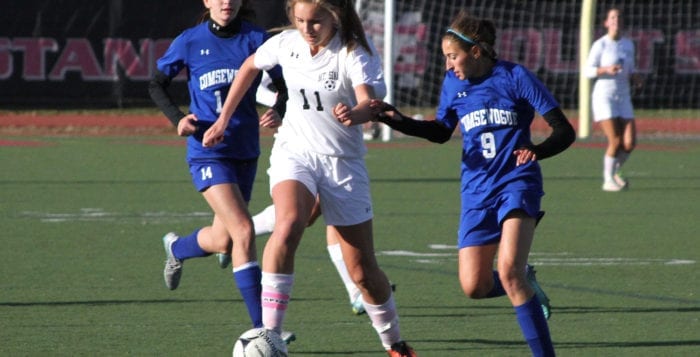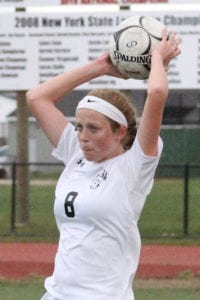
By Nicole Geddes
Bretton Woods and Pines Elementary School teacher Elizabeth Anziano was named the 2016 New York State Art Educator of the Year.
The Hauppauge teacher said she has experienced a lot in her 30-year journey as an art educator, and it helped fuel her passionate love of art, which she passes down to future generations.
“The best part about teaching is working with the students,” Anziano said in a phone interview. Anziano said one of her goals as a teacher is to reveal every student’s inner Da Vinci, and her passion for art and teaching is evident through her students.
“Ms. A. is the nicest teacher,” Wesley, one of her students, said. “I wish we could have art class every day. We always learn the neatest things in art, and Ms. A. makes it fun.”
Colton, another student of hers, agreed.
“Ms. Anziano is the greatest art teacher; I never want her class to end,” he said. “I like art class with Ms. A. more than I like recess, because we do really cool things in art.”
Michael, a fourth-grade student, also shares the opinion that art is more enjoyable than other parts of the school day that are traditionally more popular
“I never thought that art could be as fun as gym,” he said. “Ms. A. is a really good artist and she teaches us how to be really good artists too. She shows us techniques to get better.”
Anziano said she enjoys telling her students stories of famous artists, like Pablo Picasso.
“I make sure to tell them that it was just the tip [of the ear],” she said while speaking about Picasso’s famous ear story. She also said she tells students about tests Picasso had to take when he was a student. He finished in one week what took some three months,” she said.“Everyone loves to hear stories.” Hauppauge Superintendent of schools Dennis O’Hara spoke highly of Anziano’s accomplishments at the district.
“After having had the opportunity and pleasure to visit Ms. Anziano’s classroom, and watch her interact with students, I am not surprised to learn of her special recognition,” O’Hara said in a statement. “She is most deserving, and we are most fortunate to have Ms. Anziano teaching our students.”
The teacher said her mother helped inspire her love of art.
“When I was young, I brought home a fourth-grade project,” she said. “I had to draw a deer. My mother drew the most perfect deer and I knew right then that that was what I wanted to do.”
Anziano received a Bachelors of Arts at Ohio State University,and started out working with the J. Paul Getty Trust, a cultural and philanthropic institution in a joint venture with The Metropolitan Museum of Art, located in Los Angeles.
Along the way, she met Leilani Duke and was introduced to discipline-based art education, which is a style of teaching comprised of arts production, arts history and culture, criticism and aesthetics. Eventually, Anziano joined the registrar staff of the New-York Historical Society museum where she had the chance to work with newly discovered American Art collections like John James Audubon.
Anziano said. “One of my favorite artists is Georgia O’Keefe, whose landscape paintings displays colors of purple to magenta.”
Anziano said Mary Lou Cohalan, director of Islip Art Museum, suggested that she teach art, as she had never thought of it herself. Subsequently, an after-school arts program was started at the museum which Anziano taught while earning a Master of Arts in teaching at Dowling College.
“Art doesn’t just imitate life — it is life!” Anziano said.


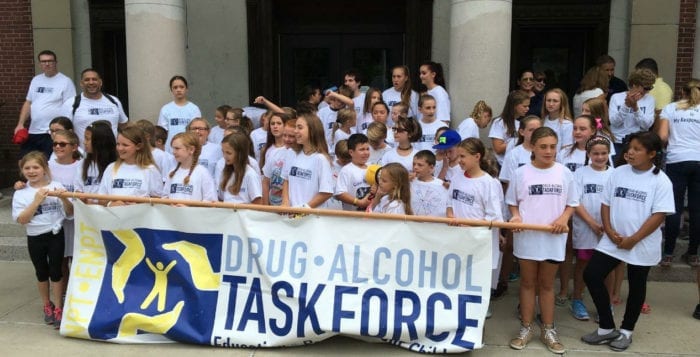

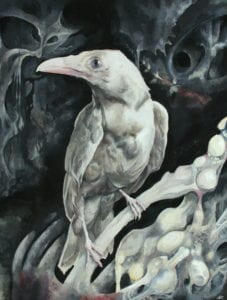

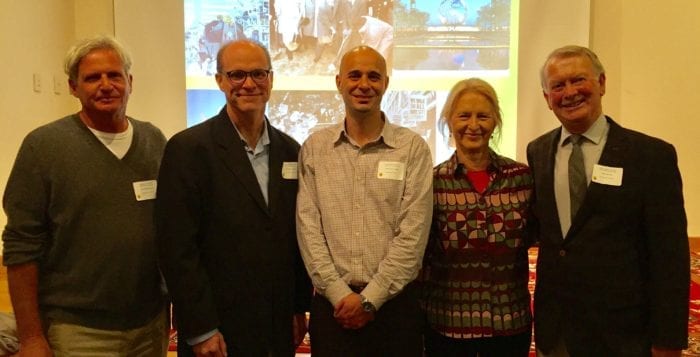
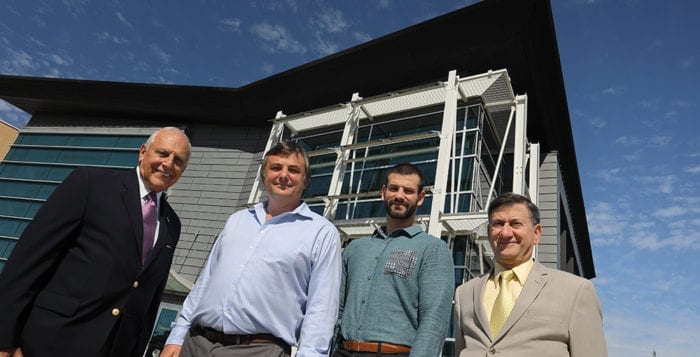

 YIELD: Makes 50 panisse
YIELD: Makes 50 panisse
